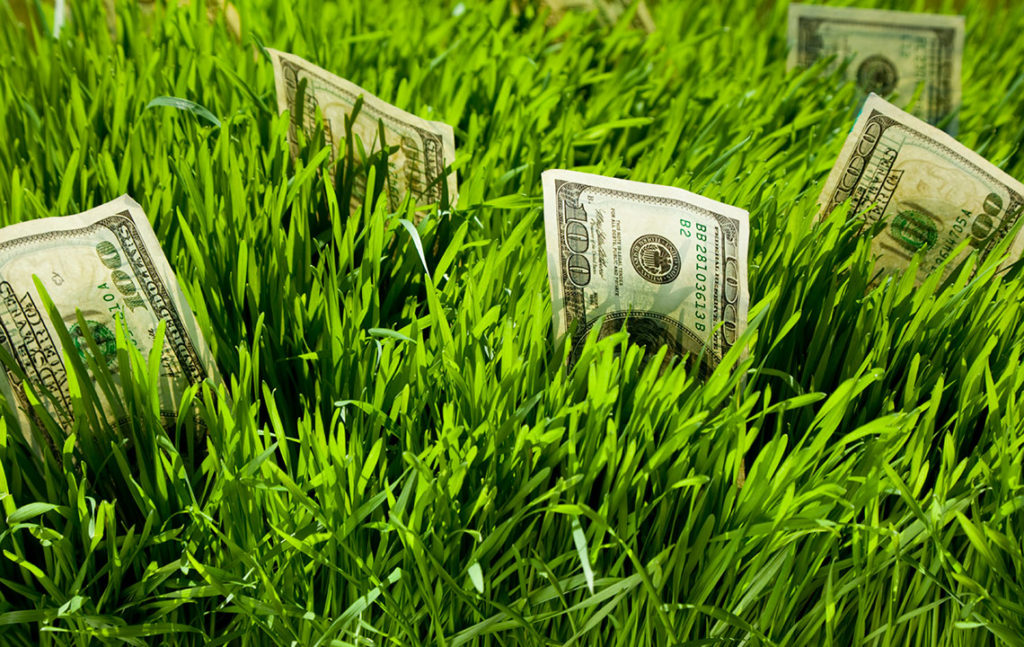In the world of investment, the pursuit of stability and steady returns often dances in tandem with the ever-present specter of risk. Among the myriad options available, investing in land emerges as a beacon of stability, offering a sanctuary from the tumultuous ebbs and flows of other avenues, such as the stock market. This article delves into the contrasting landscapes of land investment and stock market ventures, highlighting the allure of land as a haven of stability.
The Nature of Land Investment: Anchoring Dreams in Reality
Land, an asset as timeless as the Earth itself, possesses intrinsic value that remains largely immune to market fluctuations. While the stock market can resemble a tempestuous sea, land investment serves as a grounding force. The stability of land lies in its tangibility—it is a finite resource, a physical entity that retains worth through generations.Unlike stocks, which can plummet with the impact of a single headline, land’s value remains anchored, buffered by its immutability. This steadfastness is underscored by the versatility of land ownership. From agricultural pursuits to commercial developments, land offers diverse avenues for growth, making it an investment option that resonates with various aspirations.
Navigating the Stock Market: A Symphony of Uncertainties
The stock market, a realm marked by its dynamic nature, offers the allure of high returns. However, this potential for gains is accompanied by a symphony of uncertainties. Stock prices can be influenced by a myriad of factors—economic indicators, geopolitical events, corporate earnings, and investor sentiment. This multifaceted interplay leads to volatility, a trait that can elicit both substantial gains and devastating losses.The risks inherent to the stock market are compounded by the fact that ownership of stocks entails ownership in companies—a relationship that can be fragile. A company’s performance, management decisions, and external factors all have direct implications on the value of stocks. This intimate connection between stock value and company health makes the stock market a realm characterized by complexity and unpredictability.
The Beauty of Land’s Steadiness: Weathering Economic Storms
The stability of land investment reveals itself during economic storms. Land’s value tends to weather economic downturns with resilience, even during periods of recession. This durability is owed to its essential nature—land remains a fundamental resource regardless of economic fluctuations. While stock prices might plummet in times of crisis, land’s value serves as a beacon of reliability.Furthermore, the demand for land persists, regardless of economic climates. The population’s need for housing, agriculture, and commercial spaces endows land with a perpetual utility that transcends the volatility of financial markets. This intrinsic demand acts as a buffer against the unpredictability that characterizes other investment avenues.
Conclusion: Embracing Stability in a Turbulent World
Investors seeking stability and steady returns find solace in the realm of land ownership. In contrast to the capricious nature of the stock market, land investment offers an anchoring force, a canvas of potential that defies the fickle whims of economic ebbs and flows.The decision to invest in land is a testament to the pursuit of stability and the quest for enduring value. While the stock market carries with it the thrill of potential highs, land ownership embodies the security of steady growth. As economic landscapes continue to evolve, the appeal of land investment shines as a beacon of resolute stability in a world marked by unpredictability.

